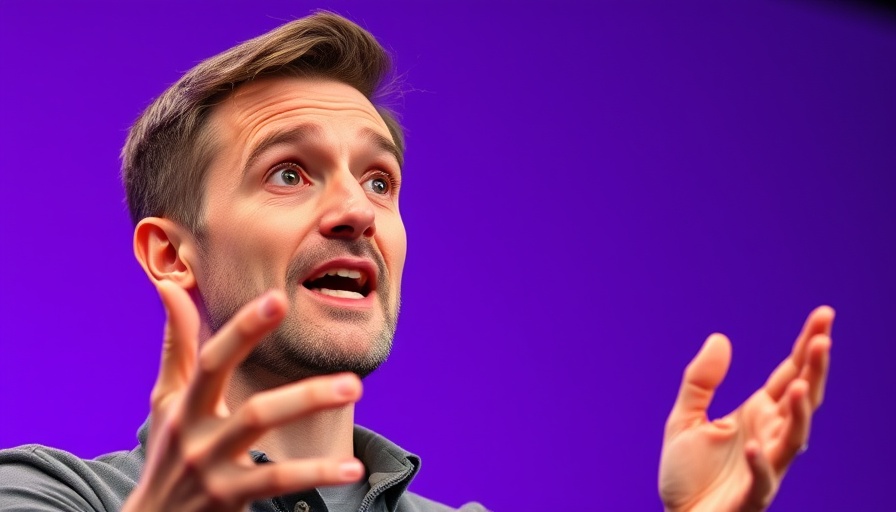
A New Record: The Oldest Baby Born from a 30-Year-Old Embryo
In a remarkable showcase of modern reproduction, a baby boy named Thaddeus Daniel Pierce has emerged as a record holder, born from an embryo that had been preserved for over three decades. This unprecedented event, reminiscent of a plot straight from a science fiction novel, signifies a turning point in the understanding and possibilities surrounding fertility and embryo adoption.
The Family Behind the Miracle
Thaddeus's birth on July 26, 2025, comes not just as a medical rarity but also as an incredible personal journey. His mother, Lindsey Pierce, along with her husband Tim, welcomed the child into their family, excited to care for an embryo that felt more like an extraordinary gift than a scientific experiment. The Pierce family is not alone in celebrating this miracle; they are joined by Linda Archerd, the woman who donated the embryo after initially creating it in 1994.
A Journey Through Time: The Embryo's Story
Linda Archerd, who has her own daughter from the IVF process, navigated a lengthy course before deciding to place the unused embryos for adoption. Initially created with hope after many years of infertility, the embryos represented 'three little hopes' for Archerd. As she faced menopause and the escalating costs associated with embryo storage, her decision to place the embryos for adoption became pivotal. She ensured that they be used by a family who would cherish them as much as she did.
The Surge of Embryo Adoption
This record-breaking birth continues to highlight the rising trend of embryo adoption as an alternative to traditional surrogacy or IVF. More families are now opting for this practice, which allows donors to meet the receiving parents and maintain a connection, ensuring that the journey of these embryos is respected and celebrated. It opens conversations about who has the right to embryos and sparks debate over the moral and emotional implications involved.
Future Implications: A New Outlook on Fertility Options
The success of this case reinforces the importance of advancements in reproductive technology, shedding light on both the emotional and technological facets of fertility treatments. With success stories like Thaddeus’s, embryo adoption may soon become a more recognized and accepted pathway for families hoping to grow, greatly enriching the narratives surrounding IVF and embryo donation.
Conclusion: A New Era in Biotechnology
Thaddeus Daniel Pierce's birth not only sets a world record but also serves as a powerful tool for advocacy in discussing reproductive rights, fertility options, and the ethics surrounding embryo usage. For anyone considering their family-building options, the story of the Pierce family underscores both the emotional journey and the groundbreaking advancements in biotechnology packaging life against the odds.
 Add Row
Add Row  Add
Add 




Write A Comment